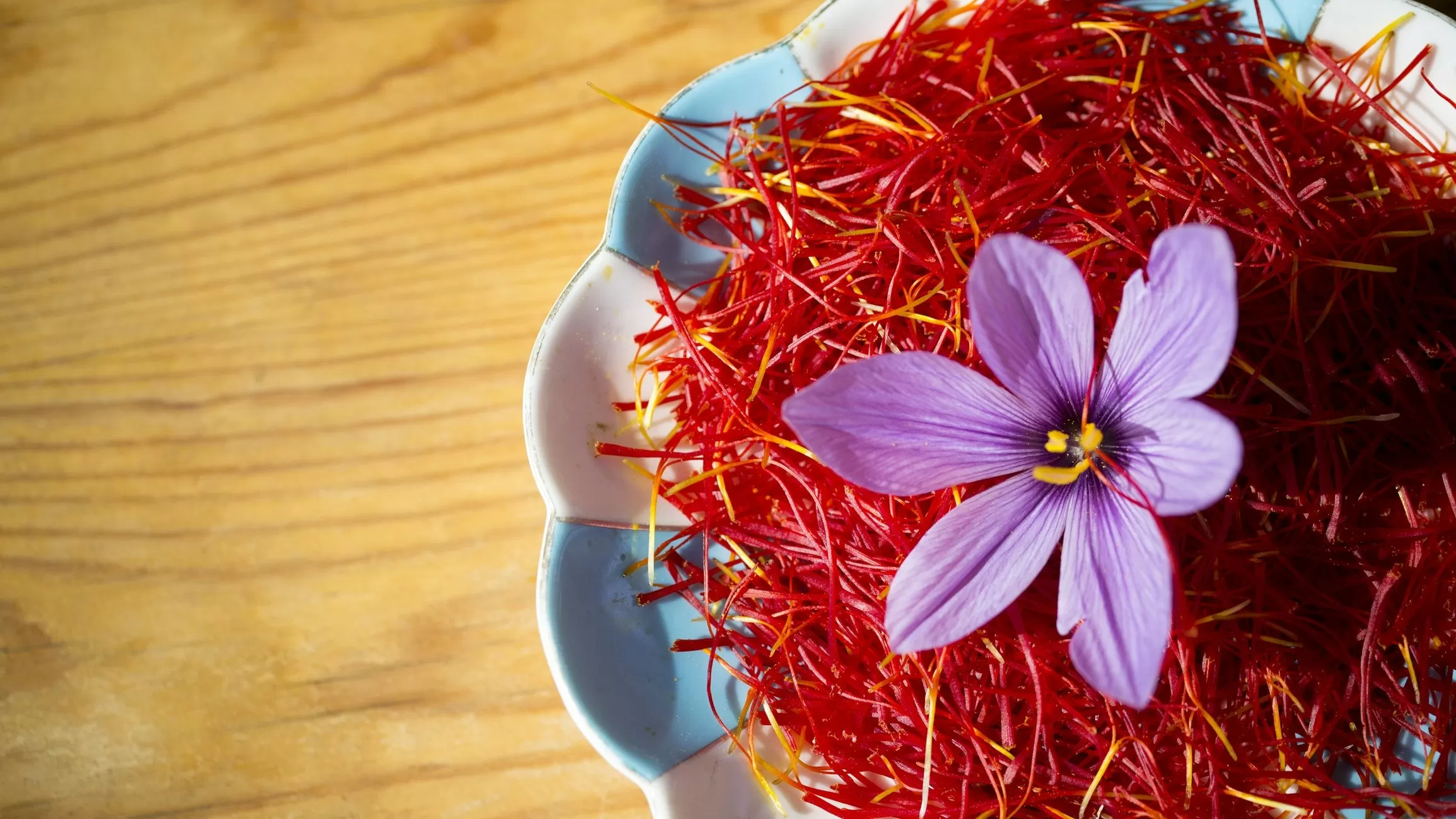Saffron, also known as the “miracle plant,” has been making waves in the Türkiye’s Karabük province town of Safranbolu. This precious spice, with its vibrant color and distinct flavor, has recently received geographical indication registration from the EU, adding to its already impressive reputation.
Rifat Hikmet Günday, the mayor of Safranbolu, has been a driving force behind the recognition of saffron from this particular region. He has worked tirelessly to promote the town’s saffron production and to ensure that it meets the standards required for geographical indication registration. And his efforts have paid off, as Safranbolu’s saffron has now joined the ranks of other renowned products such as Champagne, Parma Ham, and Roquefort cheese.
Geographical indication is a form of intellectual property protection that recognizes the unique characteristics and qualities of a product that is directly linked to its geographical origin. In the case of Safranbolu’s saffron, it is the specific climate, soil, and traditional cultivation methods that give it its exceptional quality and flavor. This registration not only gives recognition to the town’s saffron but also protects it from imitation and misuse.
Saffron has a long history in Safranbolu, dating back to the 17th century when it was first introduced to the region by the Ottomans. The town’s ideal climate and fertile soil proved to be the perfect conditions for growing this delicate plant, and it soon became a major source of income for the locals. Today, saffron is still an essential part of Safranbolu’s economy, with over 500 families involved in its cultivation and production.
The process of growing saffron is a labor-intensive one, which adds to its value and exclusivity. The delicate purple flowers are hand-picked in the early morning hours, and the stigma, or the saffron threads, are carefully separated and dried. It takes approximately 150,000 flowers to produce just one kilogram of saffron, making it one of the most expensive spices in the world.
But what makes Safranbolu’s saffron stand out is not just its rarity and price; it is its exceptional quality. The saffron threads from this region are longer, thicker, and have a higher concentration of crocin, the compound responsible for its intense color and flavor. This makes Safranbolu’s saffron more potent and flavorful than others, making it a favorite among chefs and food enthusiasts worldwide.
The geographical indication registration from the EU is a significant achievement for Safranbolu and its saffron producers. It not only adds value to their product but also opens up new opportunities for export and trade. The recognition of Safranbolu’s saffron as a unique and exceptional product will undoubtedly boost its demand in the global market.
But the benefits of this registration go beyond just economic gains. It also highlights the rich cultural heritage and traditions of Safranbolu. The town’s saffron production is deeply rooted in its history and has been passed down from generation to generation. This recognition from the EU is a testament to the town’s commitment to preserving its cultural identity and promoting sustainable agriculture.
The geographical indication registration of Safranbolu’s saffron is a proud moment for Türkiye and a significant step towards showcasing the country’s diverse and high-quality agricultural products to the world. It is a reminder of the importance of preserving traditional methods of cultivation and promoting sustainable agriculture, which not only benefits the local economy but also the environment.
In conclusion, Safranbolu’s saffron is more than just a spice; it is a symbol of the town’s rich history, cultural heritage, and dedication to producing high-quality products. The geographical indication registration from the EU is a well-deserved recognition for this “miracle plant” and a source of pride for the people of Safranbolu. Let us celebrate this achievement and continue to support and promote the town’s saffron production for generations to come.








